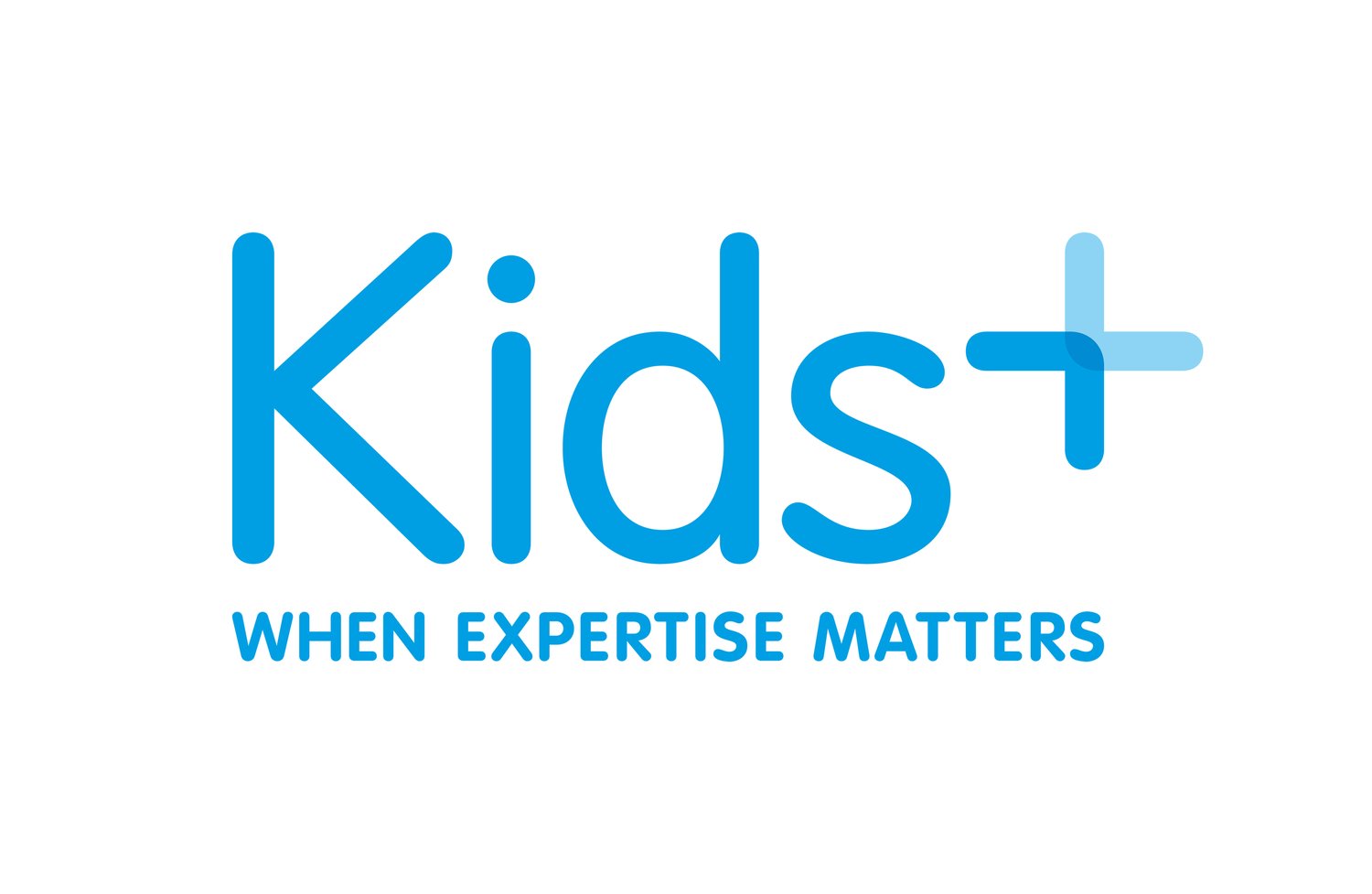Capturing shifts in attitudes to a new service delivery model
By Jenna O’Brien (Senior Speech Pathologist - Kids Plus Foundation) and Eleanor Francis (Speech Pathologist, Therapy Consultant - Liberator).It seems hard to quantify just how much has been learnt by therapists, families and those with Complex Communication Needs (CCN) in such a short amount of time since the introduction of COVID-19 restrictions and the following leap into pyjama pant work attire and the world of telehealth. Aside from all the practical strategies, such as engaging backgrounds, Boom cards, changing cursor size and colour, and homemade camera stands which have encouraged therapists to be virtually engaging and just like a play school presenter, the most exciting thing is the attitudes that have shifted through clinician and families shared desire and dedication for learning and passion for our clients with CCNs.We presented at the AGOSCI virtual conference back in April this year. Our presentation focussed on direct tele-AAC strategies for a range of clients. Our message for this presentation was that we should employ the idea of the least dangerous assumption for our complex communicators and give direct tele-AAC a try before deciding it might not be viable based on a young person’s challenges. We implored therapists to think “Direct tele-AAC can work if…” in the hope of inspiring creative and innovative ideas to engage a child virtually. We were able to collect word clouds to represent how attendees were feeling about teleAAC at the beginning of the session and how they felt following our presentation.
 The attitudinal transformations of therapists and families alike, have allowed many clients with Complex Communication Needs to be engaged in direct virtual therapy and experience many successes including adding “coronavirus” to their device independently, sharing messages like “I miss you”, “worried”, adjusting volume on their own and other operational commands that otherwise may be done for them.We asked some of our families and clients to reflect on how they felt at the commencement of virtual therapy:
The attitudinal transformations of therapists and families alike, have allowed many clients with Complex Communication Needs to be engaged in direct virtual therapy and experience many successes including adding “coronavirus” to their device independently, sharing messages like “I miss you”, “worried”, adjusting volume on their own and other operational commands that otherwise may be done for them.We asked some of our families and clients to reflect on how they felt at the commencement of virtual therapy:
- “I was wondering how my daughter would be kept interested on the computer for the whole hour” (Mother of child with CCN)
- “Concerned about lack of engagement with the therapist” (Mother of child with CCN)
- “Apprehensive” (Mother of child with CCN)
- “We were concerned he might not engage with the screen or understand why you were not there physically” (Father of child with CCN).
We also requested feedback from our families and clients after engaging in direct Tele-AAC to identify how their attitudes had shifted. This included:
- “It is an effective way to conduct sessions and allows the whole family to observe and hear how far he has come with his words, comprehension, counting and so on. I have also learned that this type of session can occur even in time of illness, holidays etc so there does not need to be a long period in between sessions if one cannot make it to a clinic or place of where the session was to be held” (Mother of child with CCN)
- “Different” (12-year-old child with CCN)
- “Okay” (9-year-old child with CCN)
- “Sessions are just as beneficial as face-to-face therapy and actually provide added benefits for carers as it gives them a defined support role in the session” (Mother of child with CCN)
- “He loves the activities which involve the use of shared screen (stories, games, spinners, POGG etc). These activities work as well, if not better than in face-to-face therapy sessions” (Mother of child with CCN).
This feedback tells us loud and clear that virtual therapy will not be a thing of the past. Some clients have expressed an urge for the continuation of services delivered in this way for a multitude of reasons. What started as a daunting and challenging prospect has in fact, led to feelings of excitement, inspiration, and innovation as we all worked together to share ideas and resources for the delivery of tele-AAC. We would like to extend a warm thank you to all our clients and their families for their flexibility and enthusiasm throughout this time. Their energy and involvement have been essential to making direct Tele-AAC a success now and going forward. This article was first published in the In Focus Newsletter produced by AGOSCI Inc and republished with their permission.

